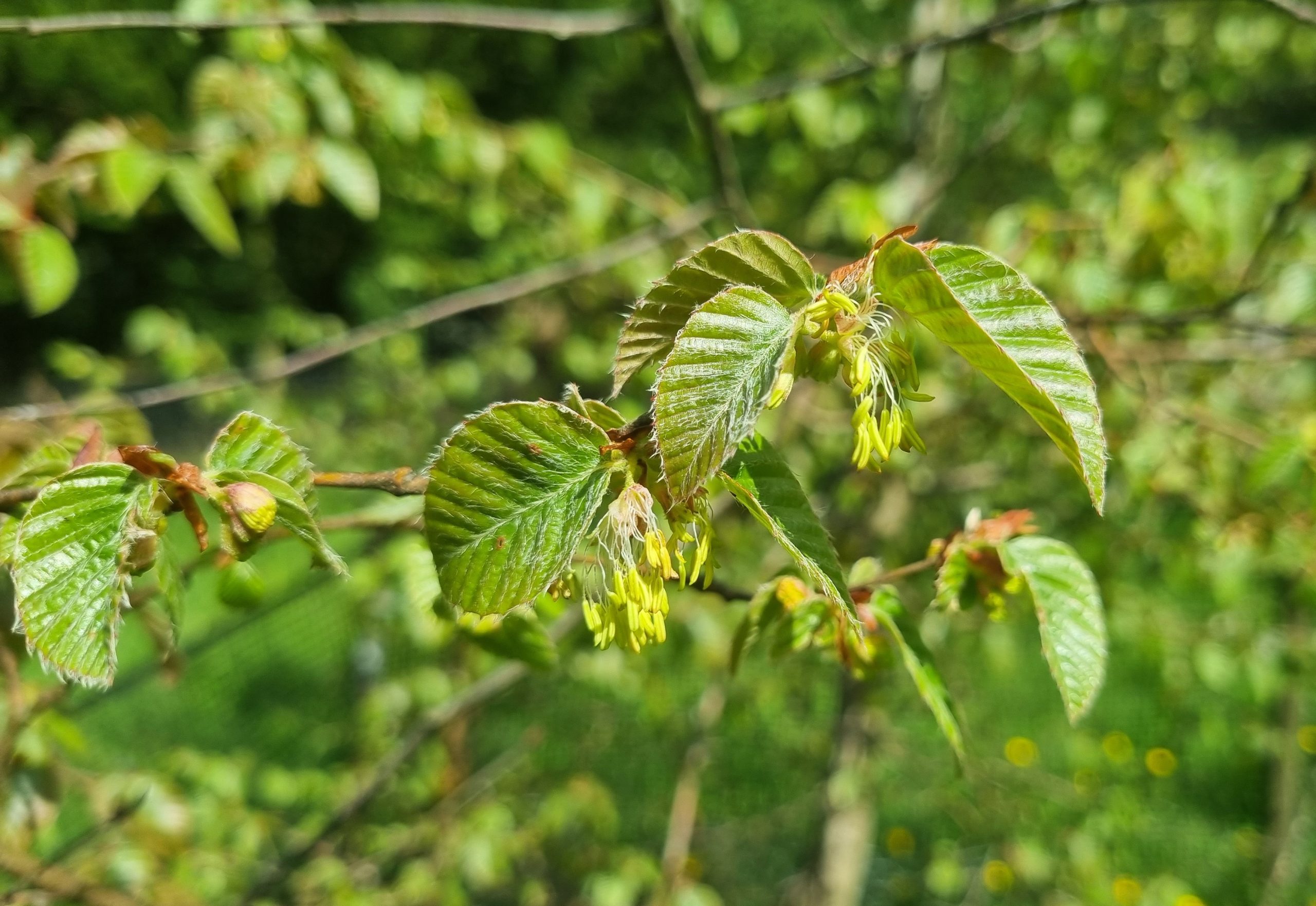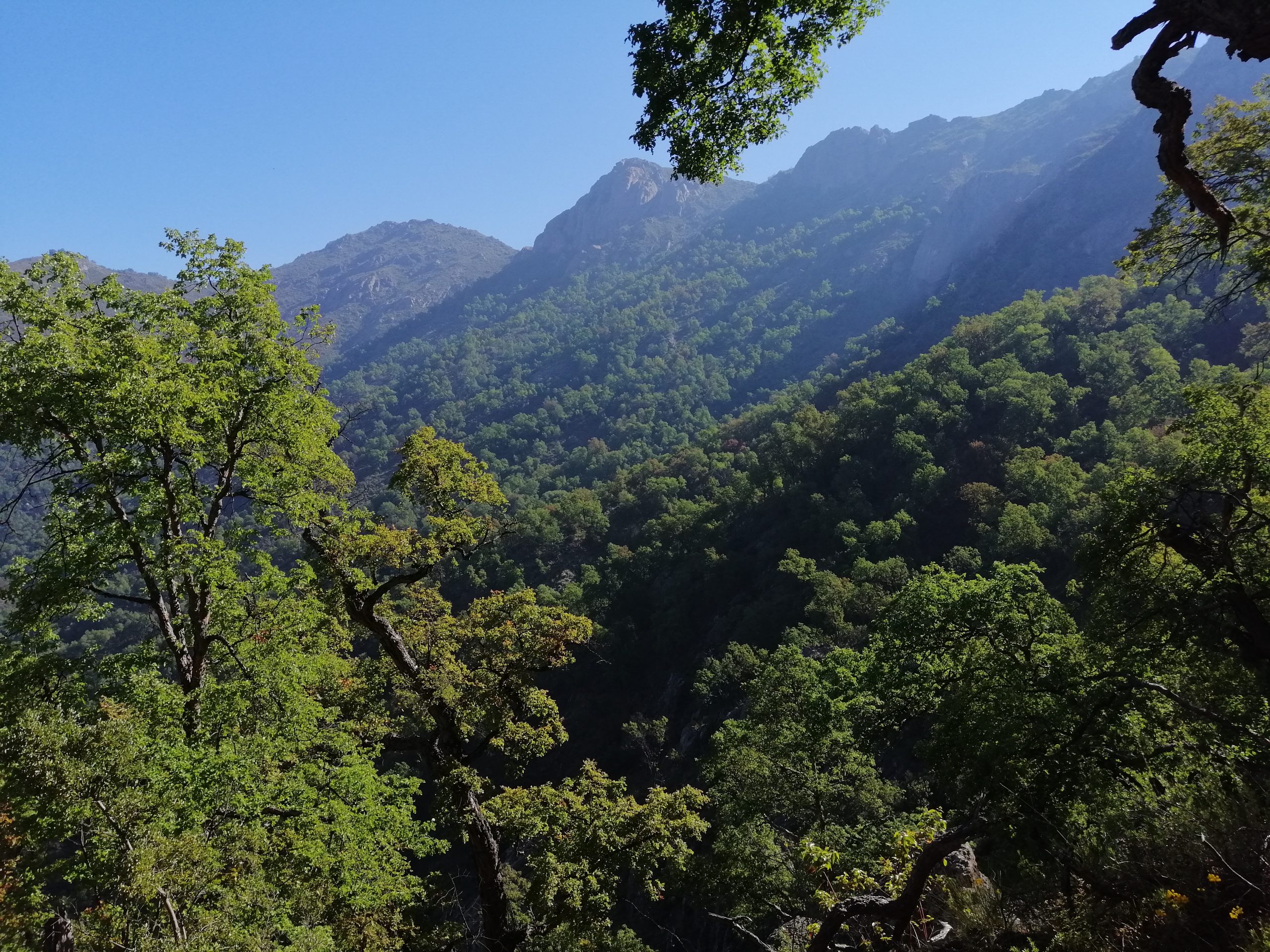First global Conservation Gap Analysis of Nothofagus species released
-
Region
Global -
Programme
Global Conservation Consortia -
Workstream
Saving Plants -
Topic
Tree Conservation -
Type
News -
Source
BGCI
News published 7 February 2025
First global Conservation Gap Analysis of Nothofagus species identifies that less than 50% of species at risk of extinction are in ex situ collections and most of these species have less 20% of their wild native range in protected areas
The first ever global Conservation Gap Analysis of the threatened and near threatened species in the genus Nothofagus has set out key conservation priorities for the future preservation of the iconic southern beech. The analysis, led by Wakehurst, Royal Botanic Gardens, Kew, Forestry England and Botanic Gardens Conservation International (BGCI) was a global collaboration, with research carried out in every centre of diversity for the genus. The report plays a critical role in identifying conservation gaps and has helped prioritise the most urgent conservation needs of the Nothofagus moving forwards – the report’s findings are already being implemented by botanic gardens in Australia, demonstrating the global ecological importance of the research.

About Nothofagus
Nothofagus, also known as southern beeches, is a genus of 37 tree and shrub species, native to the Southern Hemisphere. They are commonly the dominant species in the forests they inhabit and are particularly widespread in parts of South America and Oceania, whilst all Nothofagus species play a critical role in the ecology, functioning and health of the ecosystems in which they are found. A significant number of Nothofagus species are at risk in the wild; the 2018 IUCN Red List of Nothofagus identified 11 species as threatened with extinction and a further four as near threatened.
“Nothofagus are incredible trees, capable of forming impressive monodominant formations that harbour a remarkable plant and fungal diversity. Studying and preserving these trees are therefore of utmost ecological importance,” Dr Fabian Carriconde, Institut Agronomique néo-Calédonien (IAC), New Caledonia said of the report.
Key findings
The key findings of the Gap Analysis include:
- Only 7 out of the 15 threatened or near threatened species are in ex situ collections, meaning less than 50% of threatened or near threatened species are represented in ex situ conservation efforts.
- Even when species are represented in ex situ collections, they usually come from a small selection of wild populations, resulting in significant gaps in the native geographic range represented for each species – for example, almost all have less than 60% of their range represented. Therefore, ex situ collections are not genetically representative of wild populations for any species.
- There are large gaps in the representation of tropical species in ex situ collections – this number nears 0%. This highlights the importance of working with experts in tropical
regions to support their conservation activities. The species of highest concern -located in Papua New Guinea, Indonesian New Guinea, and New Caledonia- are absent from collections and face high risks in the wild. - There were significant gaps in conservation activities for all species, as highlighted in this report at species-level, regional-level and global-level.
- Most species have more than 80% of their native range falling outside protected areas.
The report identified that the most significant threats facing the Nothofagus genus include climate change, fire and human development. It also found conservation activities already underway, such as public awareness and germplasm collection, are predominantly focused on temperate regions. In collaboration with regional experts, the report provides recommendations for the most important conservation actions for each of the target Nothofagus species.

“This analysis highlights the urgent need for cross-boundary collaboration to conserve the Nothofagus genus globally. The future of threatened Nothofagus species in South America remains uncertain, and integrated conservation actions, coupled with more robust conservation policies, are essential to prevent their extinction”. Professor Cristian Echeverria, University of Concepción, Chile
Global Conservation Consortia
Wakehurst, Kew’s wild botanic garden in Sussex, leads the Global Conservation Consortium of Nothofagus, a collaboration between international institutions that aims to prevent the extinction of the species. Wakehurst is also home to the UK National Collection of Nothofagus, an internationally significant collection of 15 of the species, including five of the threatened temperate species.
“Nothofagus is an iconic Gondwanaland genus which has persisted in the Southern Hemisphere for c.80million years throughout the huge biogeographic and climate changes that followed the breakup this super continent. Sadly, today, many of wild populations of Nothofagus are threatened with extinction, so it is critical that we join to conserve this important genus,” said Olivia Steed-Mundin, a co-author of the report and a Horticultural Taxonomist at Wakehurst.
The report’s findings are already being implemented by botanic gardens globally, including in Australia. Ash Filipovski, Curator Manager, Blue Mountains Botanic Gardens Mount Tomah, said: “As a Species Steward for Nothofagus moorei, Botanic Gardens of Sydney is proud to contribute to the conservation of the genus. At the Blue Mountains Botanic Garden Mount Tomah, we are implementing the findings of the Gap Analysis and the amazing work by our scientists from the Research Centre for Ecosystem Resilience (ReCER), to collect genetically diverse material of Nothofagus moorei from across its range. Our efforts will ensure the Garden’s ex situ collection is representative of at least 90% of the species common genetic diversity and provide the living collection with resilience against climate change and other threats.”

Conservation Action Tracker
BGCI’s Conservation Action Tracker provides information on conservation actions for tree species.
Become a Member
Be part of the largest network of botanic gardens and plant conservation experts in the world by joining BGCI today!